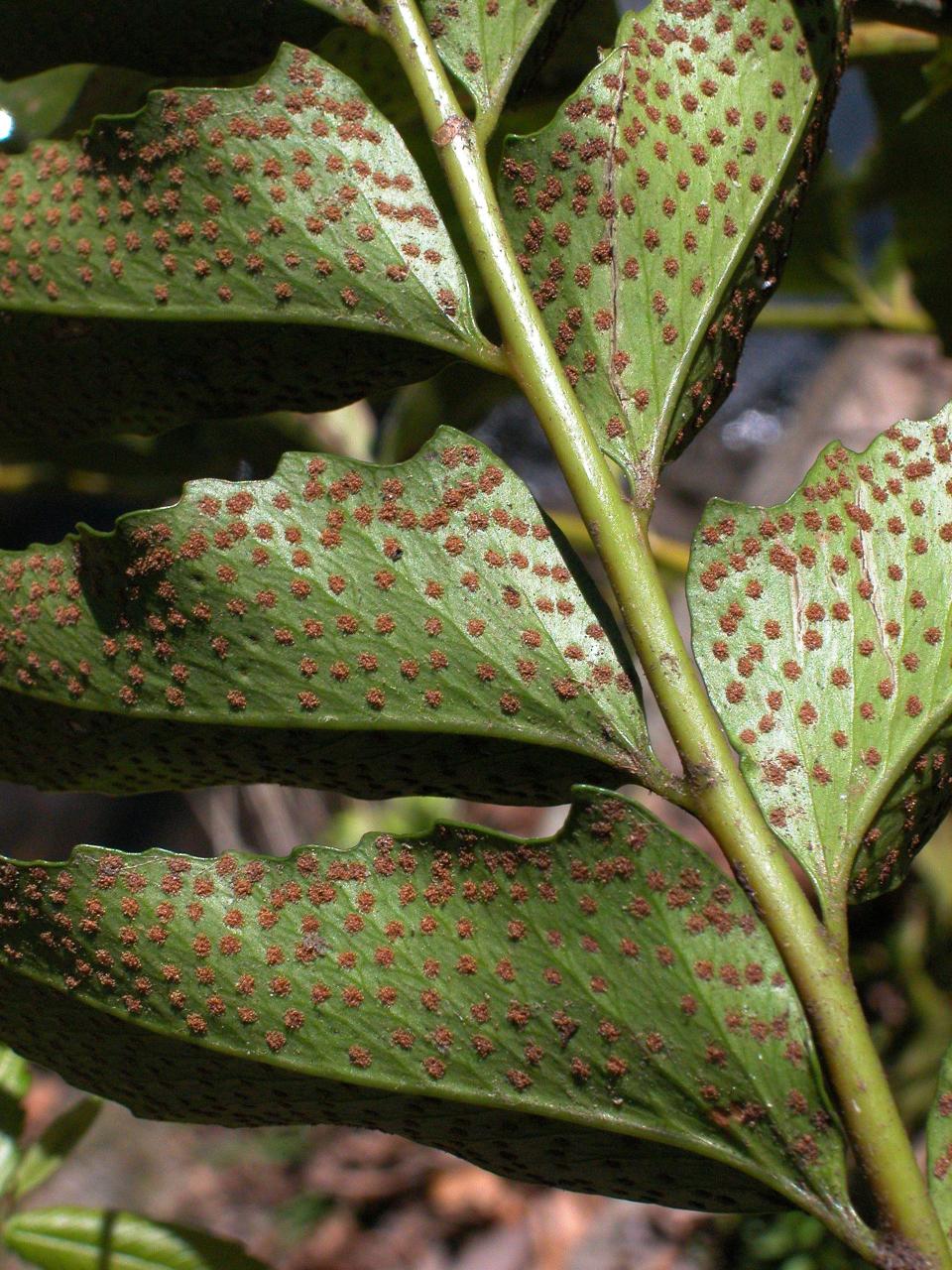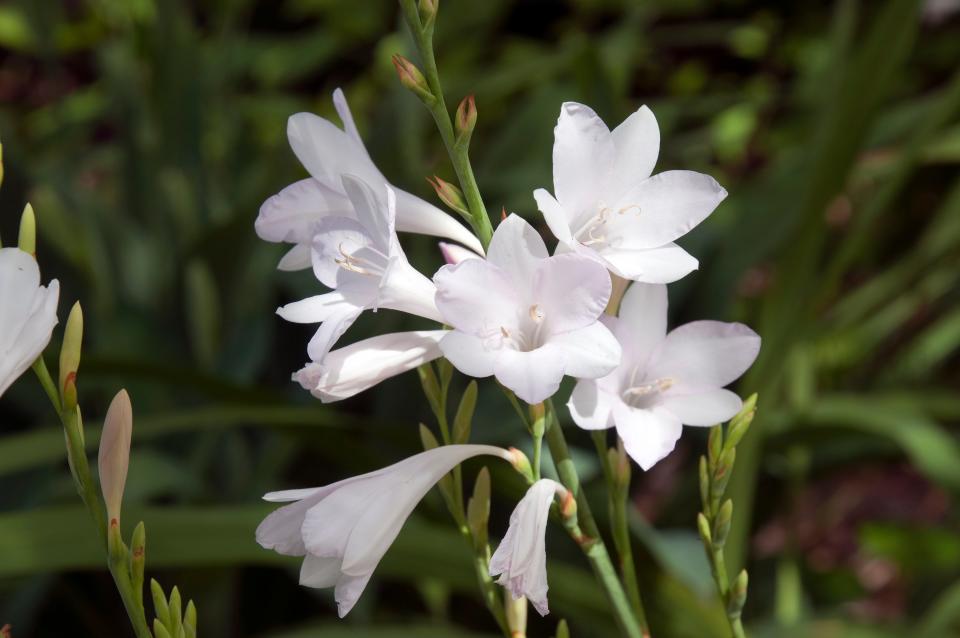Holly fern, a blast from the past, still makes a great, glossy groundcover
Holly fern is a handsome and sturdy plant for shade that was extremely common a half-century ago. Also called house holly fern and Japanese fern, this slowly clumping species (cyrtomium falcatum) grows two to three feet tall in moderate to dense shade and features glossy, dark-green fronds that resemble holly leaves. Hardy down to the upper teens and moderately drought tolerant, holly fern makes an excellent tall groundcover.
Novice gardeners are sometimes alarmed by raised brown spots on the fronds’ undersides – but those aren’t scales: They’re sori, which release spores for reproduction. Holly fern leaves are attractive in cut flower arrangements, where they last for weeks. Keep plants mulched, and irrigate during prolonged dry spells. Propagate by division. Plants are available online.

No fussIf you need green in your scene, these old favorites are easy
Life indoorsLooking for tropical trailing plants that thrive indoors? Take a look at these
Nature's disco ball?Rainbow eucalyptus offers an ever-changing explosion of color
Wait to install tropical plants
Although healthy, well-rooted containerized plants can theoretically be installed year-round, it’s best to wait until mid-March to set out cold-sensitive species. In most of Central Florida, the threat of freezes or hard frosts will be over by St. Patrick’s Day (March 17). Even then, it’s smart to check long-range weather forecasts for possible late-season cold snaps. Once installed, be sure to keep new plants’ rootballs moist. Depending on variables such as species, location and weather, supplemental irrigation may be required daily – or not at all.

Play sweet music with bugle lily
Green thumbers who want to try an out-of-the-ordinary flowering plant should cultivate pink watsonia, also called bugle lily. A winter-dormant South African species (Watsonia borbonica), it features two-foot-long, sword-shaped leaves and, in spring, a three-foot stalk with pink or white, funnel-form flowers. Bugle lily is a vigorous clumping plant that grows from corms – like gladiolus – and becomes more stately as years pass. Set corms six inches deep in early spring on well-drained sites fortified with organic matter. Propagate by division in March. Seeds are available online.
Select healthy plants
Once you’ve decided what plants to install in particular locations in your garden, the next step is selecting healthy specimens. Check plants carefully, looking for indications of pests, especially on leaf undersides. The shape of a plant can also be important, whether you’re choosing a groundcover or a tree. Unusually leggy specimens should – in most cases – be ruled out.
Also take note of the plant’s size in proportion to its container. Trust your impressions: Woody shrubs and trees that seem to have outgrown their containers might struggle to become established after installation. Some kinds of plants, however, can be markedly rootbound but succeed nevertheless. Among these are herbaceous species such as palms, bananas, ferns, gingers and bromeliads. When it’s time to install plants, position them about an inch above the soil line to allow for settling. Water thoroughly and apply mulch. Create a dike of soil around larger plants to facilitate irrigation.
This article originally appeared on The Ledger: Holly fern is a great, glossy groundcover for dense shade
